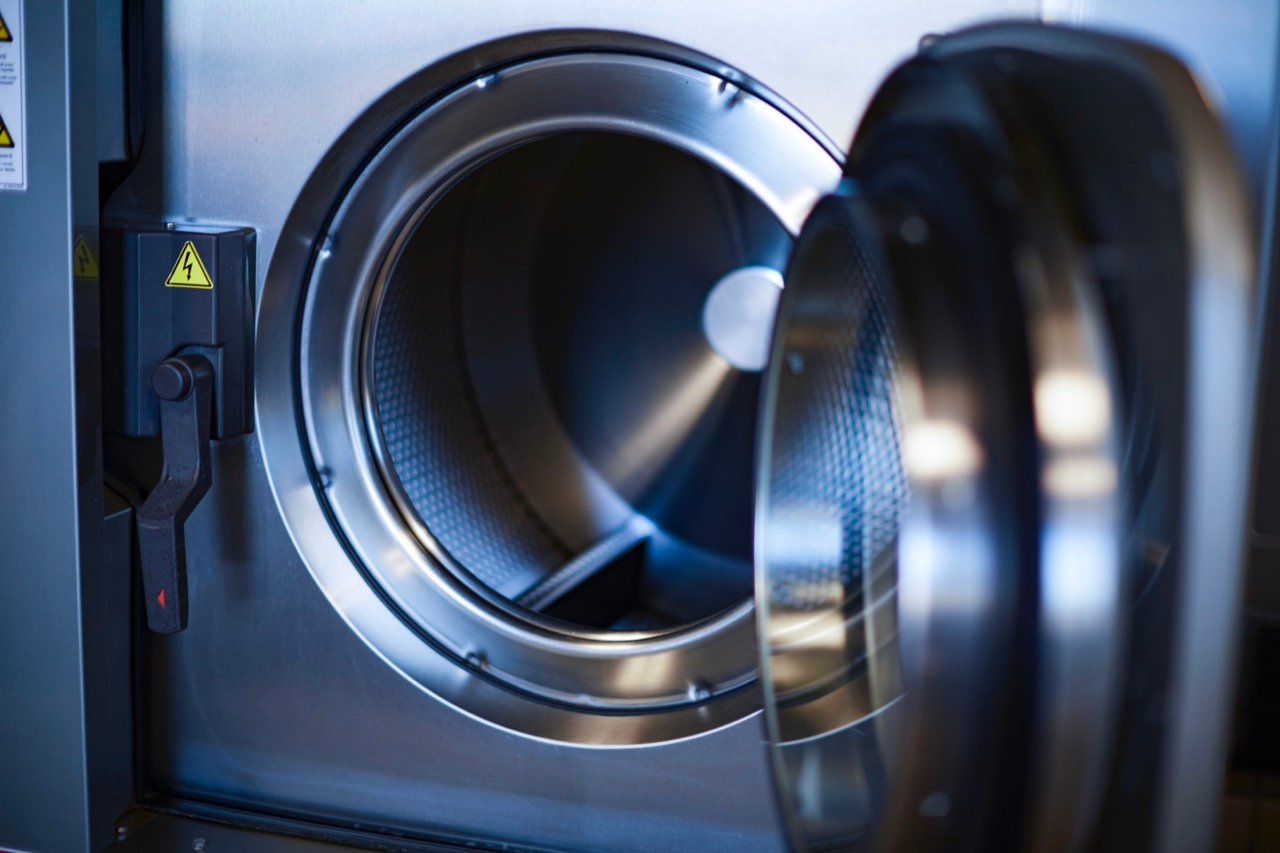A highly programmable wet cleaning machine is essential to properly cleaning a variety of items and fabrics. If you’ve got one on the floor, you can safely wet clean everything from delicate silk blouses and wool suits to casual wear, shirt laundry and household items — even pillows, stuffed animals and luggage. But not all wet cleaning machines are created equal. So, when you invest in one, be sure it offers essential programmability and adaptability. Read on for what to look for when it comes to programmability and learn methods for customizing wet cleaning programs for exceptional results.
Four Components of Cleaning
First, though, let’s understand the four essential components of cleaning. The four components — time, temperature, chemistry and mechanical action — work in balanced concert with the others to properly clean. If any one of the factors is reduced or increased, the opposite needs to happen to one or more of the other components. As time increases, we can decrease temperature and/or mechanical action. If we increase chemistry, we can decrease time and/or temperature. See the table charts.
- Mechanical Action – Mechanical action is the movement of garments within the wash wheel. The more mechanical action, the more movement of chemistry and water through the textiles. Rotation action and drum speed work together as mechanical action.
- Chemistry – Chemistry refers to the types and concentrations of chemicals in the wet cleaning process. Chemistry includes water, detergents, softeners/surfactants, bleach and sours/neutralizers. The improper use of chemicals can lead to damaged or discolored items.
- Temperature – The chemicals work in concert with water temperatures. As water temperatures rise, chemicals react more quickly and efficiently. Generally, when water temperatures are lower, more chemicals are required to properly clean.
- Time – Time refers to the number of minutes for each wash step. The ability to control time is critical to economical cleaning.
Using a highly programmable wet cleaning machine ensures the above components can be customized according to fabric and item type — making it easy to achieve the perfect, consistent clean no matter who’s operating the machine. Thus, programmability is extremely important in the fabricare business. It allows virtually anything coming in the door to be properly cleaned using water, using the most productive and energy-efficient manner possible.
To get the most out of a wet cleaning machine, choose one that allows the programmability of a number of phases, bath levels, water temperature by degree, bath cool-down by degree, rotation action, rotation time, extract speed, number of baths and rinses, and automatic chemical injection. Let’s take a closer look:
Essential Programmable Variables & Wet Cleaning Machine Capabilities
Rotation Action and Drum Speed – Heavy garments need more drum speed during agitation to get them up and out of water so they can drop back in. Lighter garments require a slower drum speed or they don’t fall properly. The more options for programmable timed drum speed and rotation action, the better.
Water Levels – When washing durable goods, like towels, jeans and blankets, it’s important to use lower water levels when introducing chemistry. Lower water levels create a situation where clothes are closer together, creating more mechanical action. When wet cleaning we make up for low mechanical action by raising water levels to ensure all garments stay saturated throughout the cycle.
Water Temperatures – As the water temperature is lowered, more chemistry is required. Being able to set water temperatures by degree is essential. Certain synthetics and blends can experience fabric shock if cleaned at a high temperature and then rinsed in cold water. A gradual cool down before the wash water drains should be programmed into the cycle.
Extract Speed – As extract (spin) speed increases, more moisture is removed from a load. This ultimately shortens dry time and improves throughput. While cranking up extract speed makes sense on durable goods, it doesn’t on items like stuffed animals, sneakers, draperies, wedding dresses and other fancy gowns because you run the risk of deforming/damaging them. Look for a machine with timed programmability in minutes or seconds and programmable extract speeds ranging from 5 to 400 G-force.
Number of Baths and Rinses – The more soil, the greater the number of baths and rinses required to get items clean. Fire restoration items, for example, need multiple bath exchanges to eliminate contaminants, whereas typical wet cleaning uses only two baths.
Automatic Chemical Injection – To guarantee optimum cleaning, look for wet cleaning machines with 12 chemical injection signals and programmable, timed dosing and flush flexibility. Automatic chemical injection eliminates potential dosing errors that can damage garments.
Delayed Start – A delayed start feature allows you to load at night and set the machine to begin operating the next morning. It’s a great tool for improving daily throughput.
Overnight Soak – Greasy, heavily soiled items might require an overnight soak. Be certain you’ve got this feature.
Auxiliary Heat Options – When processing hospital items, the CDC recommends obtaining 165 F for 25 minutes. Some wet cleaning machines offer auxiliary heat options that boost water temperatures using steam or electricity. Be sure this is an option for any wet cleaning machine you’re looking to purchase.
Ozone – Ozone gas can be injected into some wet cleaning machines as a form of additional chemistry. Ozone relaxes fibers, works best in cool water and sanitizes textiles by removing nearly all viruses and bacteria. Ozone sanitizes laundry with fewer chemicals, and no bleach, while using reducing hot water usage. If the use of ozone is in your future, be certain new wet cleaning machines are ozone compatible.

